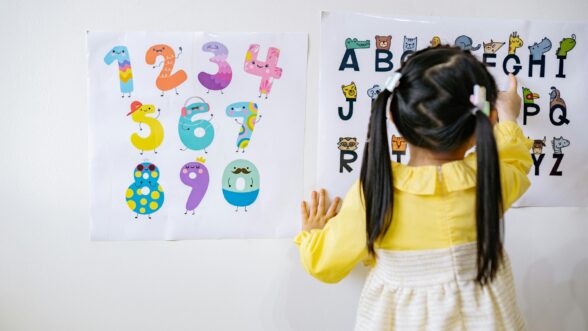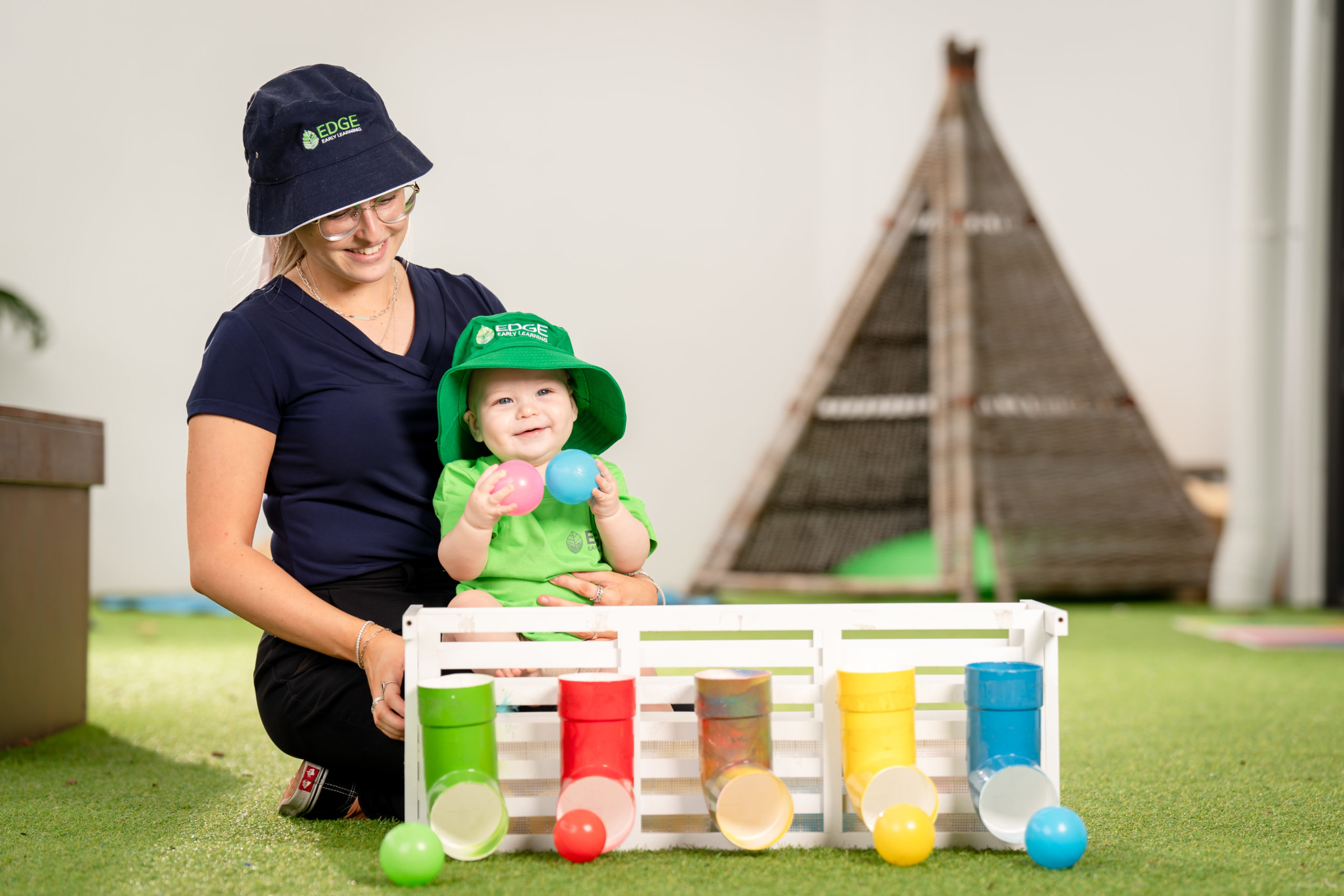
Education, Parenting Resources
Education
17 January, 2025

Experts agree young children learn best through play. But that doesn’t mean we just give children a pile of toys and leave them to it. Our educators use intentional teaching strategies to provide children with rich learning opportunities.
What is intentional teaching?
The Australian Government’s Early Years Learning Framework defines Intentional Teaching as when “educators are deliberate, purposeful and thoughtful in their decisions and actions”. International education expert Ann Epstein explains it simply: “If you can explain why you are doing what you are doing, and how it is helping children learn, then you are teaching intentionally”.
How does intentional teaching work in early learning?
At Edge Early Learning, our educators are continually using intentional teaching strategies. Intentional teaching in childcare can be through planned activities that aim to extend children’s knowledge or can be an educator’s spontaneous response to children’s own ideas and actions in the classroom or playground that offer an opportunity to extend their learning.
Intentional teaching strategies
Educators draw on a range of intentional teaching strategies. Early childhood educators may:
The benefits of intentional teaching in early childhood
The developmental benefits of intentional teaching in childcare include:
Practical tips for intentional teaching at home
Parents and caregivers can also weave teaching moments into everyday activities at home. Everyday interactions and conversations are great learning opportunities. An example of intentional teaching at home could be asking your child what they might like to bake in the kitchen, encouraging them to think about the tools and utensils they may need, making a shopping list of ingredients, measuring and weighing ingredients and introducing your child to cooking-related vocabulary such as pour, mix, beat and knead.
How Edge Early Learning Implements Intentional Teaching
If you’d like to know more about how intentional teaching strategies are implemented at Early Early Learning, talk to your child’s educator or take a look at this video about loose parts play that encourages problem-solving and teamwork or this video about provocations to inspire children’s learning.